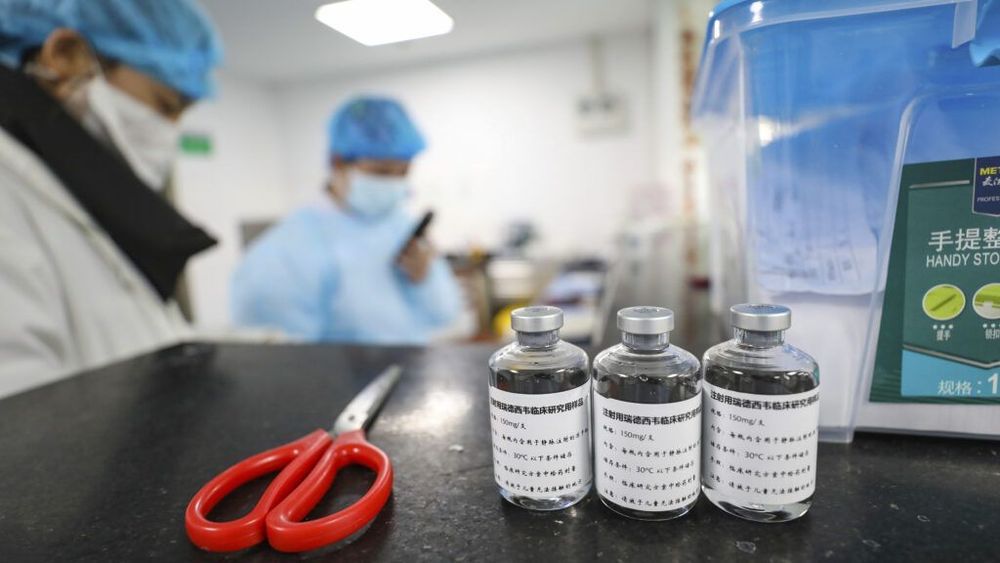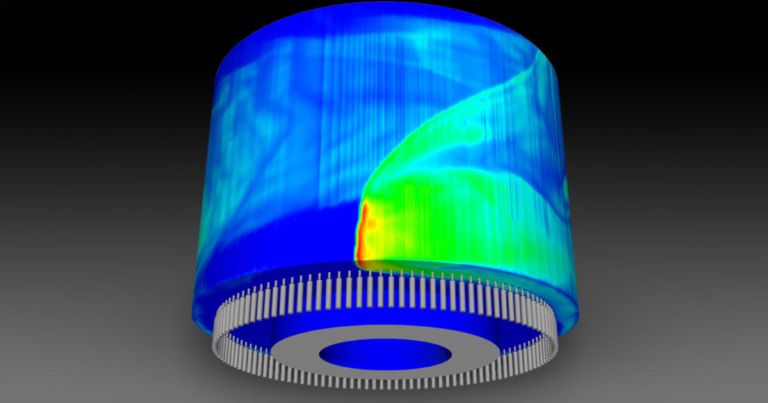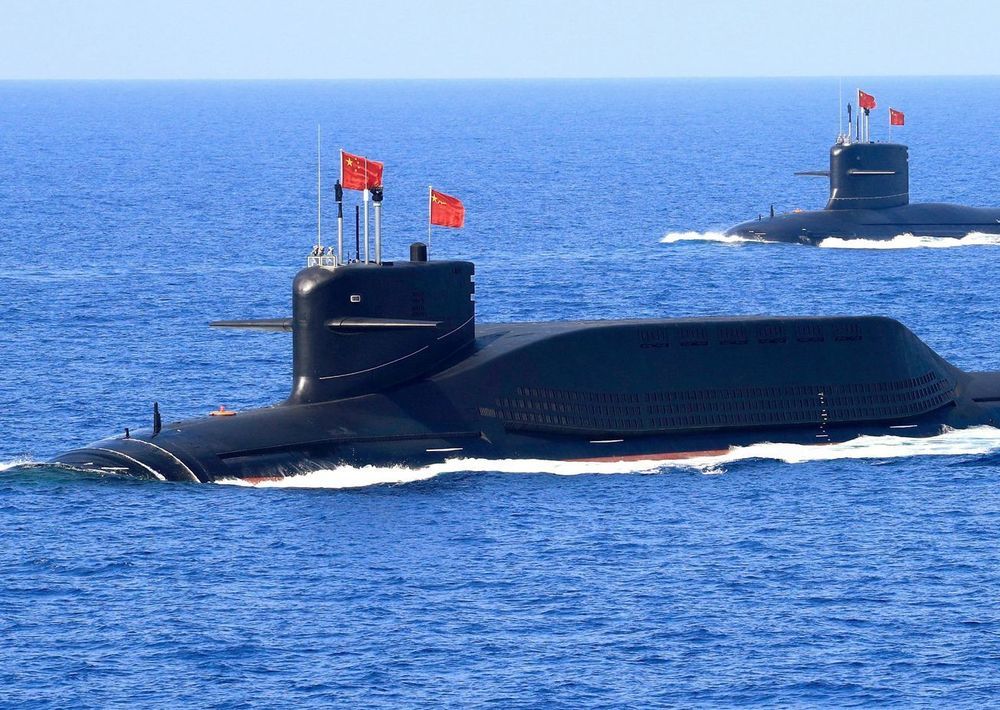#OopsMyBad #Busted 🤔
Yes you read this right. The WHO criticized a drug and used a reference that was neither peer reviewed or published 🙄…Then they removed it as if no one would notice.
The antiviral medicine remdesivir from Gilead Sciences failed to speed the improvement of patients with Covid-19 or prevent them from dying, according to results from a long-awaited clinical trial conducted in China. Gilead, however, said the data suggest a “potential benefit.”
A summary of the study results was inadvertently posted to the website of the World Health Organization and seen by STAT on Thursday, but then removed.
“A draft manuscript was provided by the authors to WHO and inadvertently posted on the website and taken down as soon as the mistake was noticed. The manuscript is now undergoing peer review and we are waiting for a final version before WHO comments on it,” said WHO spokesperson Daniela Bagozzi.







